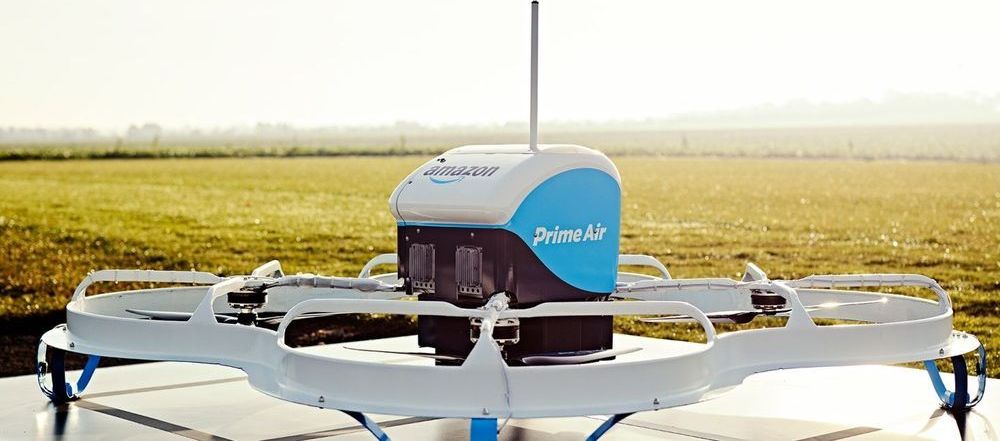For a while, there has been speculation about to what degree Tesla was using GPS data versus actual detection of speed limit signs in order to detect speed limits for its Autopilot features.
Now this new udpate gives us some answers.
Today, Tesla started releasing its 2020.36 software update and it includes several new features including one called ‘Speed Assist Improvements’.




